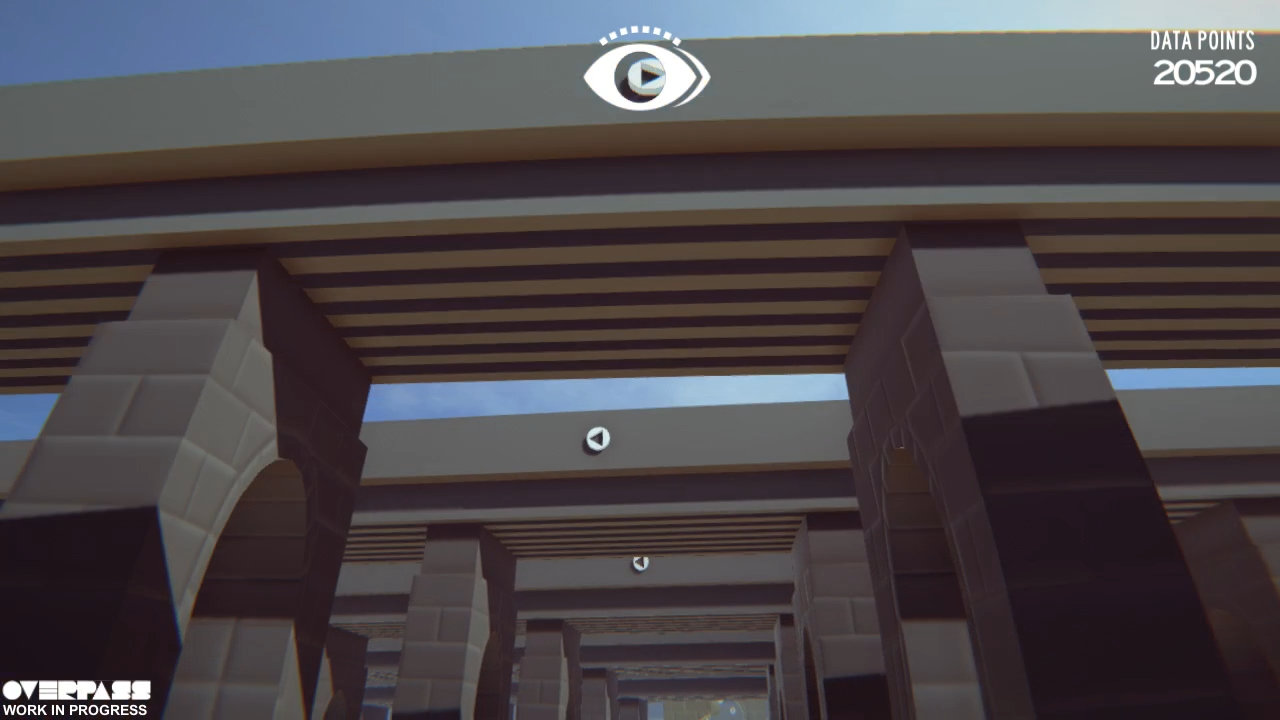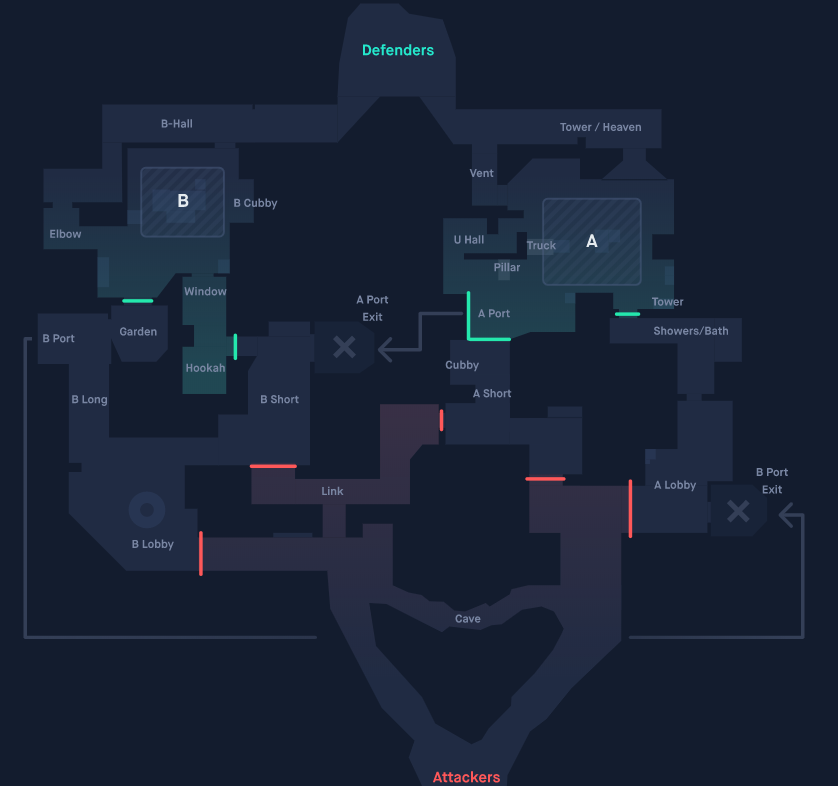

The primary disadvantage is that this approach separates the symbol (the number beside part of the image) from its meaning. Geoff Hart makes this point in Integrating Text with Graphics in Procedures (Dec 2010 Intercom), but also notes that the text loses much of its power by separating itself from the visual element it describes. The author's use of referential numbers will be useful for translation of this content. Or else the author needs to provide a reference to more information in some of the callouts. The author needs to take a less comprehensive approach to describing the image. The problem with this graphic is that we have no descriptions of any components, so names such as "Rotary Encoder buttons" are meaningless. Given the abundance of callouts, the author wisely chose a minimalistic style for the callouts, with simple callout lines that avoid even circles or arrows.


If the author had used pink callout lines in addition to pink text, it would have been a nightmare.Ĭallouts are short names only here. The soft gray color of the callout lines is a good choice. A softer, quieter black font would have done a better job at minimizing the massive amount of text around this graphic. This works, but the loud pink font still calls too much attention to the text. The author also uses the space around the graphic rather than stacking all callouts on top of each other on one side. The author here avoids arrows on callout lines as well to reduce the visual energy. The lines of the callout boxes combine with the yellow connecting lines to create a sense of busyness and clutter.īesides the obviously wrong choice of a pink font, which blends too easily in with the pink color of the house and hurts the eyes, the text is fairly minimalistic. This visual attention competes with the image. With so many callouts, the callout bubble format looks clunky and cluttered.Īgain, boxes around the callouts draw too much visual attention to the callouts themselves. This increases the amount of visual attention placed on the callout format. The writer also uses triangles formed from the callouts themselves to function as arrows. Callouts should be more in the visual background, not the foreground. The callout bubble format takes the visual emphasis off the device and places it onto the callouts themselves. The inclusion of callout bubbles around the text makes the graphic look too busy. I'm not sure why the author stacked all the callouts on one side of the image, except perhaps to save space. Callout lines end with a filled circle rather than an arrow. Each callout has a bold title followed by regular text. The author avoids bubbles around the callouts and keeps the text minimalistic. Below is a sampling of about 14 different approaches to callouts, with my analysis below each example. (By callouts, I mean explanatory text that points to some part of the image.) In trying to come up with the right design for callouts, I surveyed how other authors approached callouts. Lately I've been working on quick reference guides that contain a lot of callouts around screenshots.

Academic/Practitioner Conversations Project.Author in DITA and Publish with WordPress.Reflecting seven years later about why we were laid off.A hypothesis about influence on the web and the workplace.


 0 kommentar(er)
0 kommentar(er)
